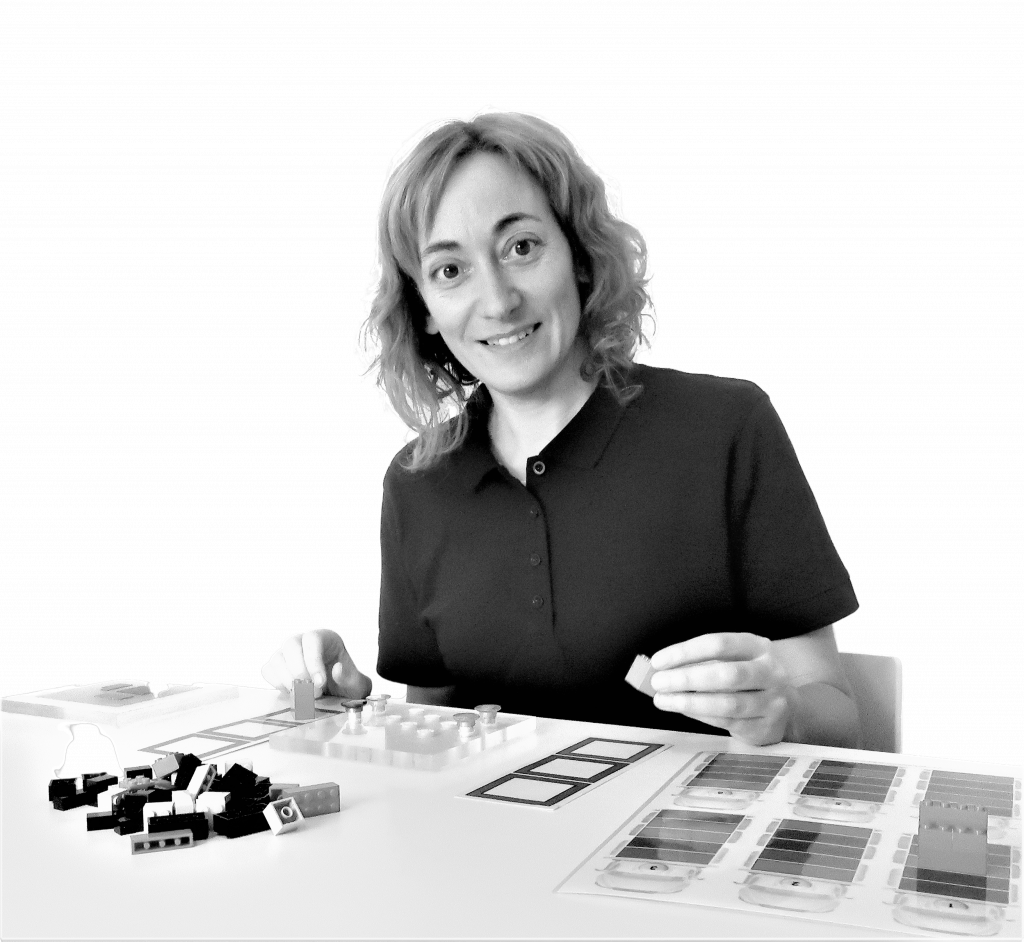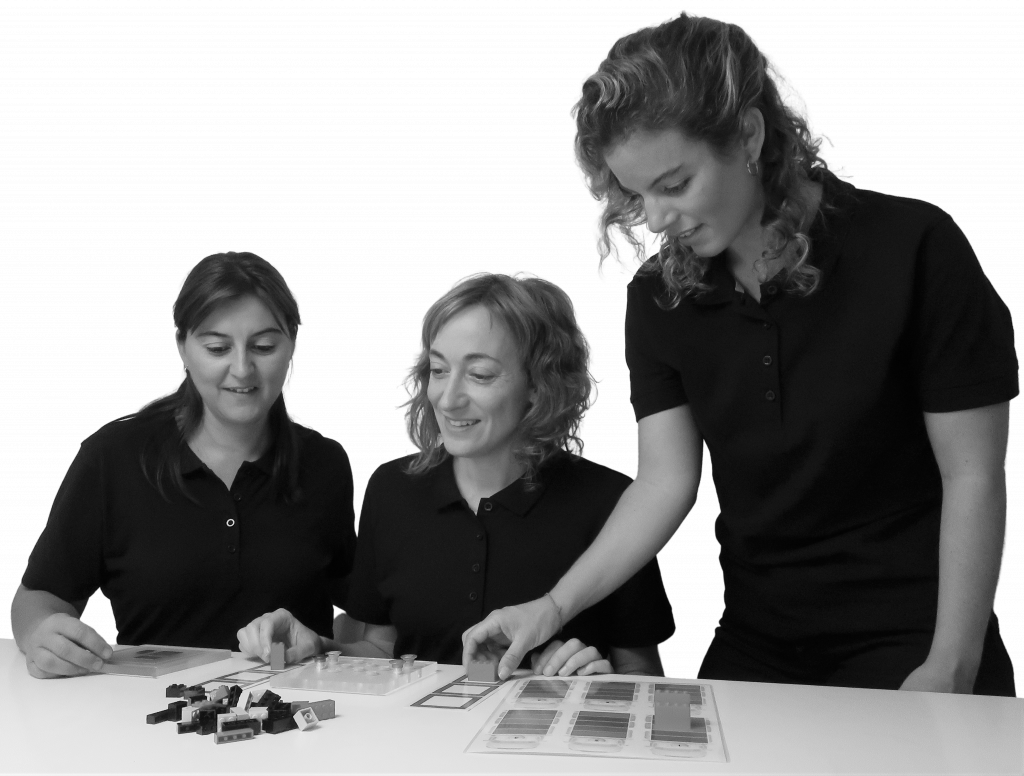Lean Manufacturing is an essential methodology, focused on continuous improvement and waste removal. Lean Manufacturing is an industrial methodology focused on continuous improvement and waste removal. This approach, widely adopted around the world, seeks to maximize customer value while minimizing the resources used. An innovative way to learn and apply these principles is through the Lean Manufacturing game, offered by Learning by Playing. This interactive game not only introduces the fundamental concepts of Lean, but also allows participants to experience first-hand the critical phases of implementing this methodology. Translated with DeepL.com (free version)

Improvement phases in the game Lean Manufacturing
The Lean Manufacturing game is structured in five distinct phases, each representing a fundamental pillar of Lean:
Stability
In this first phase, basic tools such as 5S (sort, sort, clean, standardise and maintain) and standard work are implemented. The aim is to ensure that the process is robust and predictable, establishing a solid foundation on which to build further improvements.
Flexibility
Once the process is stable, the next phase is to make it more agile and flexible. This involves adapting processes to handle a wider variety of products without losing efficiency. Flexibility is crucial to respond to changes in demand and product diversification.
Synchronisation
In the synchronisation phase, the aim is to connect customer and supplier operations in a seamless flow. This ensures that all supply chain processes work at the same pace, eliminating bottlenecks and improving overall efficiency.
Concentration
The concentration phase focuses on unifying all operations into a single process. This simplifies workflow management and reduces operational complexity. Concentration allows for better visualisation of the entire process, making it easier to identify areas for improvement.
Automation
With processes already standardised and repetitive, automation can proceed. Using tools such as Value Stream Mapping (VSM), automated processes are designed to maximise efficiency and minimise waste. Automation is the final step to achieve a fully optimised Lean process.

Lean Manufacturing game step-by-step methodology
The Lean Manufacturing game is developed in several phases to ensure that participants not only understand the theoretical concepts, but also apply them in a simulated environment. The phases include:
Introduction
In the introduction phase, the challenge and scope of the problem that the team will face is defined. The context is presented and the objectives to be achieved are explained.
Training
This phase focuses on the explanation of the theoretical contents necessary to solve the problem posed. It teaches the principios Lean y las herramientas específicas que se utilizarán.
Application
During the application phase, participants develop the game phase by applying the concepts learned. This allows a practical and direct understanding of how Lean tools affect processes.
Learning:
Finally, in the learning phase, the results obtained are reviewed and the impact of the changes introduced is assessed. This reflection is crucial to consolidate knowledge and plan future improvements.
Lean Manufacturing game benefits
Visualising impact
The game allows teams to visualize the implementation of Lean tools and their impact on processes. This helps to tangibly understand how improvements can transform daily operations.
Active participation
Involve all team members in the search for solutions, promoting a culture of collaboration and continuous improvement. Active participation is key to the success of any Lean initiative.
Effective training
By combining theory and practice, the Lean Manufacturing game ensures deeper and lasting learning. Participants not only acquire knowledge, but also develop practical skills to apply in their work environments.
Learning by Playing's Lean Manufacturing game is a powerful tool for any organization wishing to initiate or strengthen its Lean transformation. By simulating the process of continuous improvement, participants gain a practical and in-depth understanding of Lean principles, preparing them to apply them effectively in their work environments. Request a quote!!
